When choosing an infrared heater, it’s crucial to calculate the required power accurately to ensure your space is heated efficiently. An underpowered heater will leave your space chilly, while an overpowered one will waste energy. In this guide, we’ll walk you through the key factors to consider when calculating the power needed for your infrared heating system.
Understanding Infrared Heating
Infrared heaters work differently from traditional heating systems. Instead of heating the air, they emit infrared rays that warm up objects and surfaces directly. This means the effectiveness of your infrared heater depends on the specific characteristics of the room it’s placed in.
Factors Affecting Infrared Heating Efficiency
Insulation Type
The insulation of your space plays a significant role in determining the power of your infrared heater. Well-insulated rooms retain heat better, requiring less power. Conversely, poorly insulated rooms will need a more powerful heater to maintain a comfortable temperature.
- Good Insulation: If your room has high-quality insulation (e.g., modern wall insulation, and double-glazed windows), you can opt for a lower-power heater.
- Poor Insulation: If insulation is lacking (e.g., single-glazed windows, thin walls), a more powerful heater will be necessary to compensate for heat loss.
Window Type and Size
Windows can be a major source of heat loss, particularly in older buildings with single-pane windows. The type, size, and number of windows in your room will directly impact the power requirement of your infrared heater.
- Single-Glazed Windows: These allow more heat to escape, so you’ll need a heater with a higher power output.
- Double-Glazed Windows: These are better at retaining heat, allowing you to use a heater with lower power.
Room Height
The height of your room is another critical factor. Infrared heaters need to warm the entire volume of the space, not just the floor area. Higher ceilings mean a larger volume to heat, which will require more power.
- Standard Ceiling Height (up to 2.5m): A standard power heater should suffice.
- High Ceilings (over 2.5m): Opt for a heater with greater power to ensure the entire room is heated effectively.
Room Size and Layout
The overall size and layout of your room will determine the baseline power requirement. Larger rooms naturally require more powerful heaters, and open-plan layouts may need additional heaters to ensure even heat distribution.
- Small Rooms: Less power is needed, but consider any features that might affect heat retention.
- Large or Open-Plan Spaces: Multiple heaters or a heater with higher power output will be necessary.
Using a Heating Calculator
For precise calculations, it’s recommended to use a heating calculator like the one available on our website here. This tool takes into account various factors like room size, insulation, and window type to give you an accurate estimate of the power needed for your infrared heater.
Conclusion
Calculating the correct power for your infrared heating system is essential for both comfort and energy efficiency. By considering factors like insulation, window type, room height, and size, you can make an informed decision and ensure your space is heated properly. Use our heating calculator to simplify this process and find the perfect infrared heater for your needs.


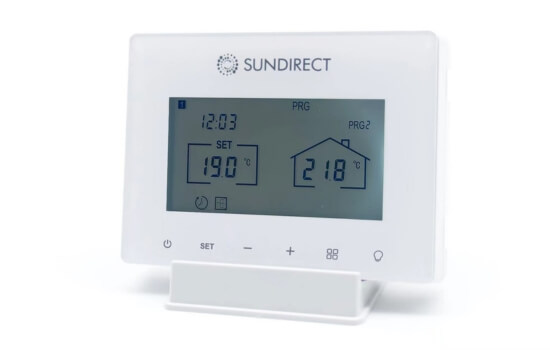

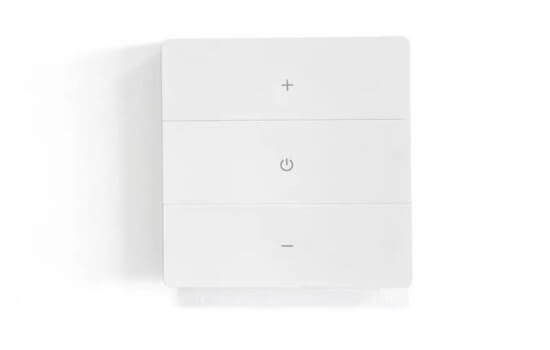
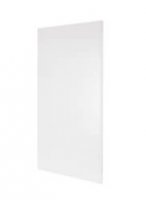
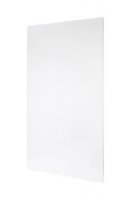




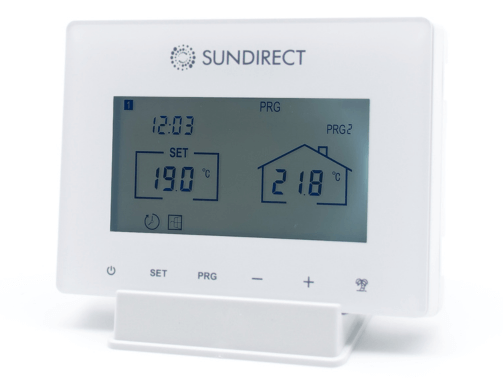

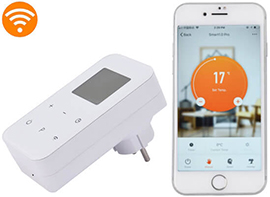

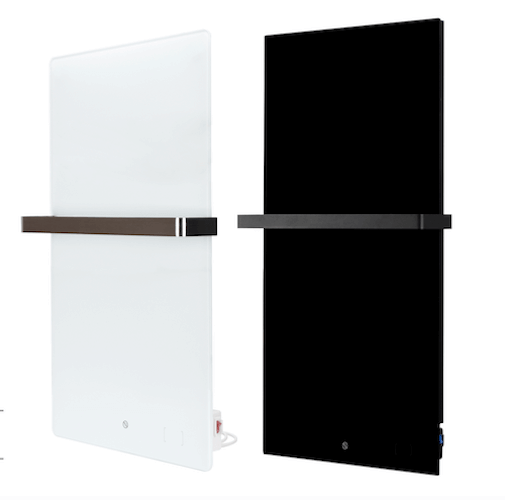
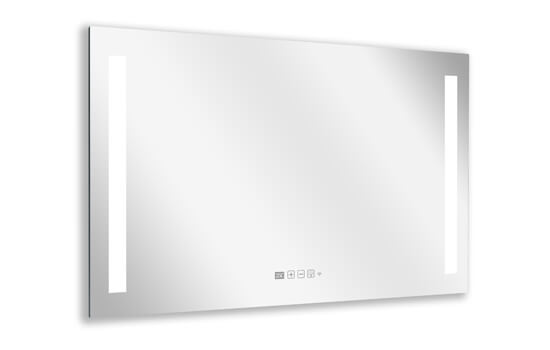




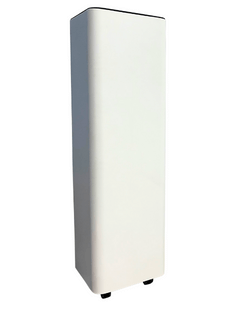
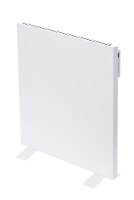




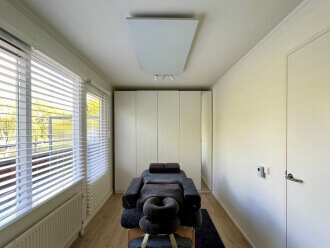
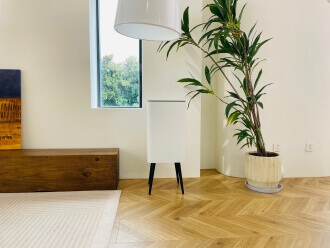








Leave a Reply